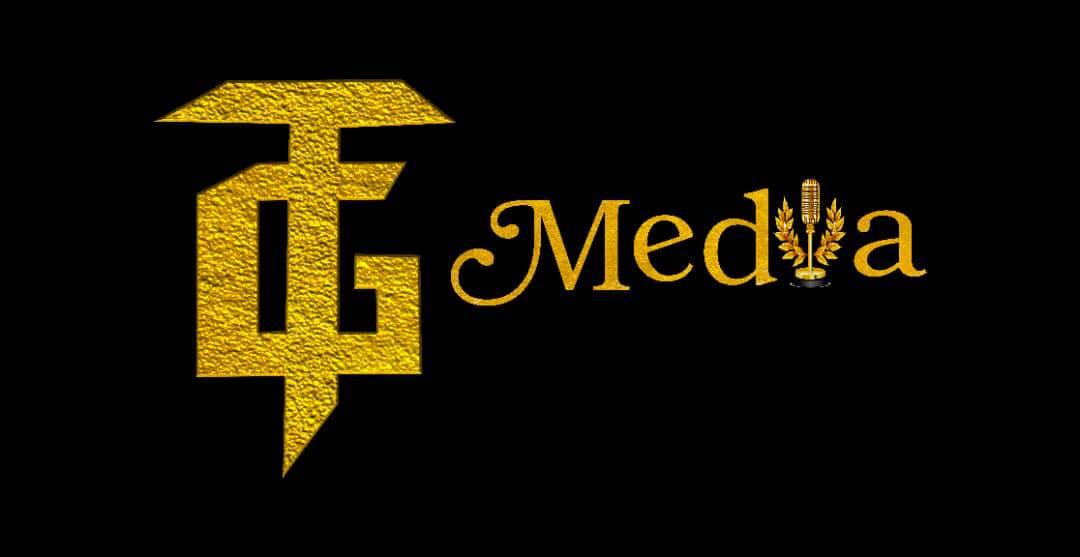Dreadlocks, also locs, dreads, are ropelike strands of hair formed by matting or braiding hair. Some of the earliest depictions of dreadlocks date back as far as 3600 years to the Minoan Civilization, one of Europe’s earliest civilizations, centered in Crete.
Members of various African ethnic groups wear locks, the styles and significance of which may differ from one group to another. In Nigeria, some children are born with naturally locked hair and are called by the Yoruba word Dada in Nigerian English. Yoruba priests of Olokun, the Orisha of the deep ocean, wear locks.
Traditionally, it was believed that in order to create dreadlocks in non afro-textured hair, an individual had to refrain from brushing, combing or cutting. This lack of hair grooming results in what is called “free form” or “neglect” dreads, where the hair matts together slowly of its own accord.
There is also the ability to adopt different types of fake dreadlocks that may make the hair look as real as possible. This process is called synthetic dreadlocks. There are two different types of synthetic dreadlocks.
Dreadlocks are a popular hairstyle for people with thicker, curlier hair, but they can be worn by most hair types. Like any other hairstyle, you should wash dreadlocks regularly and use products like moisturizers and oils to keep your hair healthy.
It may be sometimes difficult finding product reviews for dreadlock shampoos for your hair type. Thus this article.
You can care for your dreadlocks with the following.







